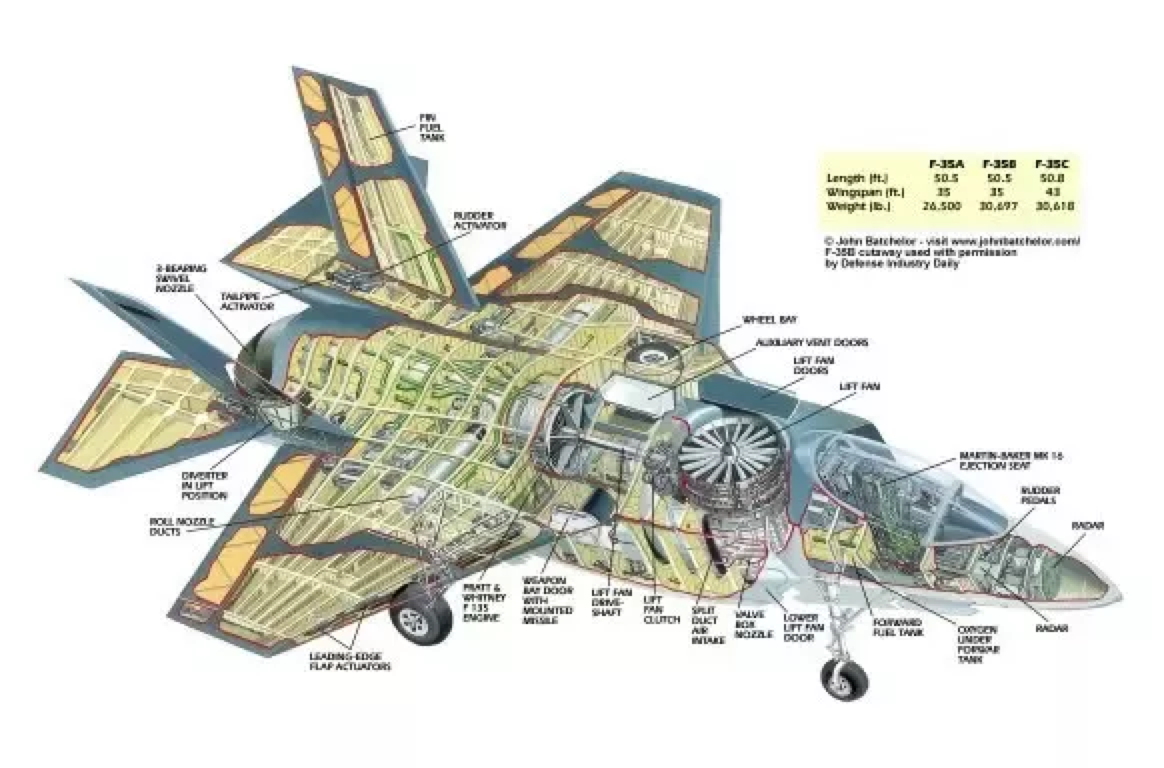Sooner Boomer
Well-Known Member
- Joined
- Mar 21, 2011
- Messages
- 5,894
- Reaction score
- 4,868

Well. being on the ground and hitting the ejection button sure doesn't give much time for the parachute to slow you down.

As we used to say...."There's going to be a few new "write in changes" to the F-35B T.O.s soon".
The ambulance stopped at Walmart on the way to the hospital.Pilot gonna need new underwear
In the video on our TV news it looks like the seat is going up and forward at the same time and the forward motion is enough to open the parachute, then when forward motion stops the pilot drops to a point just below the parachute and it is a short distance to the ground.The ejection seats propel up high enough for the parachutes to open even of the plane is on the ground. We once received some training on what we need to do for a downed F16 when our local base had a squadron. We were told of a pilot who came to after a hard landing and immediately pulled the ejection handles because it was the last thing he remembered. The canopy still blasts away and the ejection seat is propelled out like it is supposed to.

Enter your email address to join: